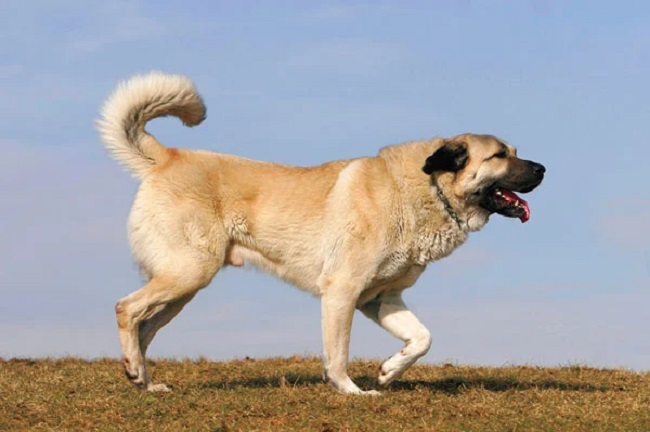Guardian dog breeds have been trusted protectors of livestock and homes for centuries. Bred for their instinctual ability to ward off predators and unwelcome visitors, these breeds exhibit a remarkable blend of loyalty, courage, and intelligence.
This article will take a detailed look at the world of guardian dog breeds, shedding light on their characteristics, origins, and the roles they play.

Understanding Guardian Dog Breeds
Guardian dog breeds are known for their protective instincts, which are deeply rooted in their genetics. They come in various shapes and sizes, but all share the common trait of being fearless protectors.
Read Also:
- Top 10 Dangerous Dog Breeds
- Aggressive Dog Breeds
- How Much Does it Cost To Put a Dog To Sleep At PetsMart
Some guardian breeds were developed to guard livestock, while others were bred to protect homes and families.
Characteristics of Guardian Dog Breeds
Guardian dogs are typically large in size, with imposing physical features that can deter potential intruders. These breeds are usually highly intelligent, trainable, and possess a strong instinct to protect their families or flocks. They are also loyal, dedicated, and often form strong bonds with their human families.
Notable Guardian Dog Breeds
1. German Shepherd
German Shepherds are renowned for their intelligence and versatility. They are often used in police and military roles due to their trainability and protective instincts. Originating from Germany, these dogs were initially used to herd and protect sheep.
2. Rottweiler
The Rottweiler is a robust, powerful dog breed with a history that traces back to the Roman Empire. They were used to herd livestock and pull carts laden with butchered meat. Known for their loyalty, confidence, and protective instincts, Rottweilers make excellent family guardians.
3. Akita
Originating from Japan, the Akita is a bold and willful breed, often aloof with strangers but affectionate with family members. They were originally used for hunting big game such as bear, boar, and deer.
4. Boxer
Boxers are muscular, medium-sized dogs originally bred in Germany. Their strong jaws were ideal for holding onto large prey, and their protective instincts make them excellent guardians.
5. Bullmastiff
The Bullmastiff, a blend of the English Mastiff and the Bulldog, is a solid powerhouse that was originally developed to guard estates. Despite their imposing look, they are gentle and affectionate with family members.
The Role of Guardian Dog Breeds Today
Today, guardian dog breeds continue to serve their protective roles, often guarding homes and livestock. However, they’ve also found their place in various working roles such as police, search and rescue, and therapy, thanks to their intelligence and trainability.
Considerations When Owning a Guardian Breed
It’s important to note that guardian dog breeds require proper training and socialization from an early age due to their protective instincts. They often require experienced handlers who can provide consistent training, socialization, and plenty of exercise.
Read Also:
Conclusion
Guardian dog breeds, with their profound loyalty, strength, and protective nature, can make excellent pets for the right owners. Whether you’re seeking a faithful protector for your home, livestock, or just a loyal family pet, these breeds stand out as unique and invaluable companions.
Understanding their needs and characteristics is the first step in appreciating these remarkable breeds and their long-standing relationship with humans.
























